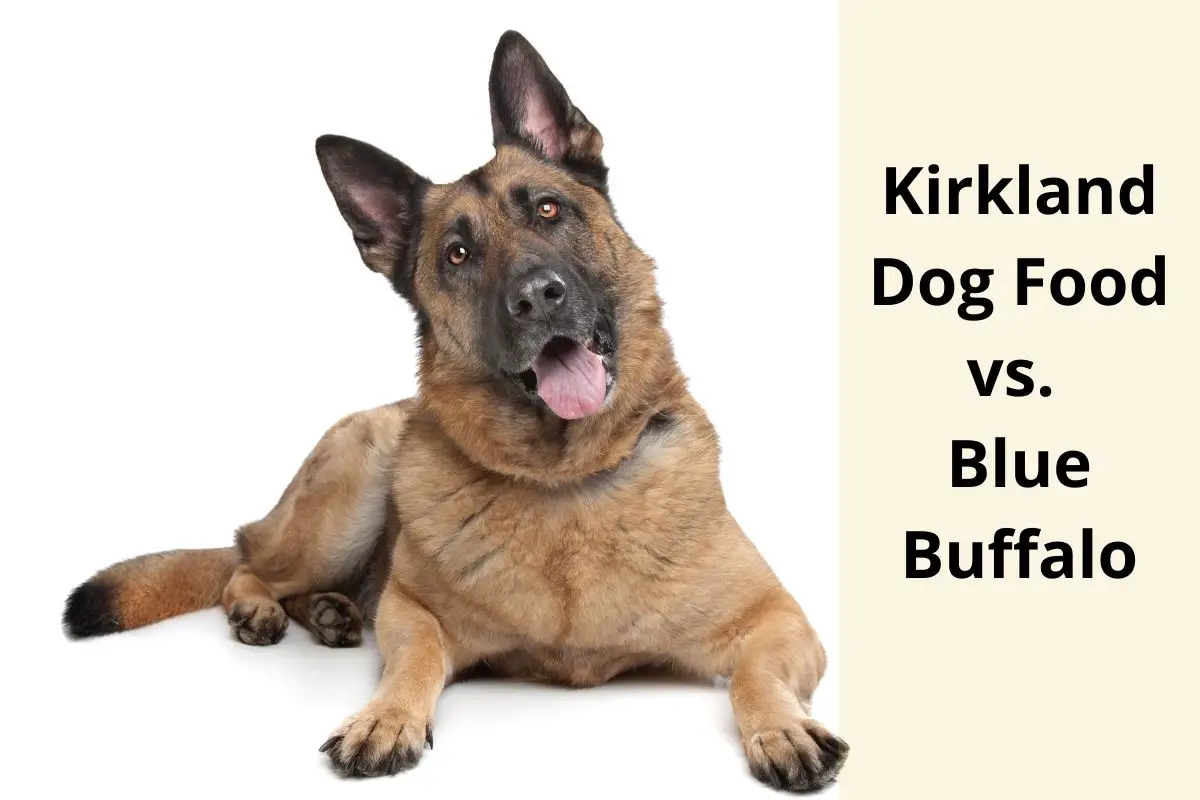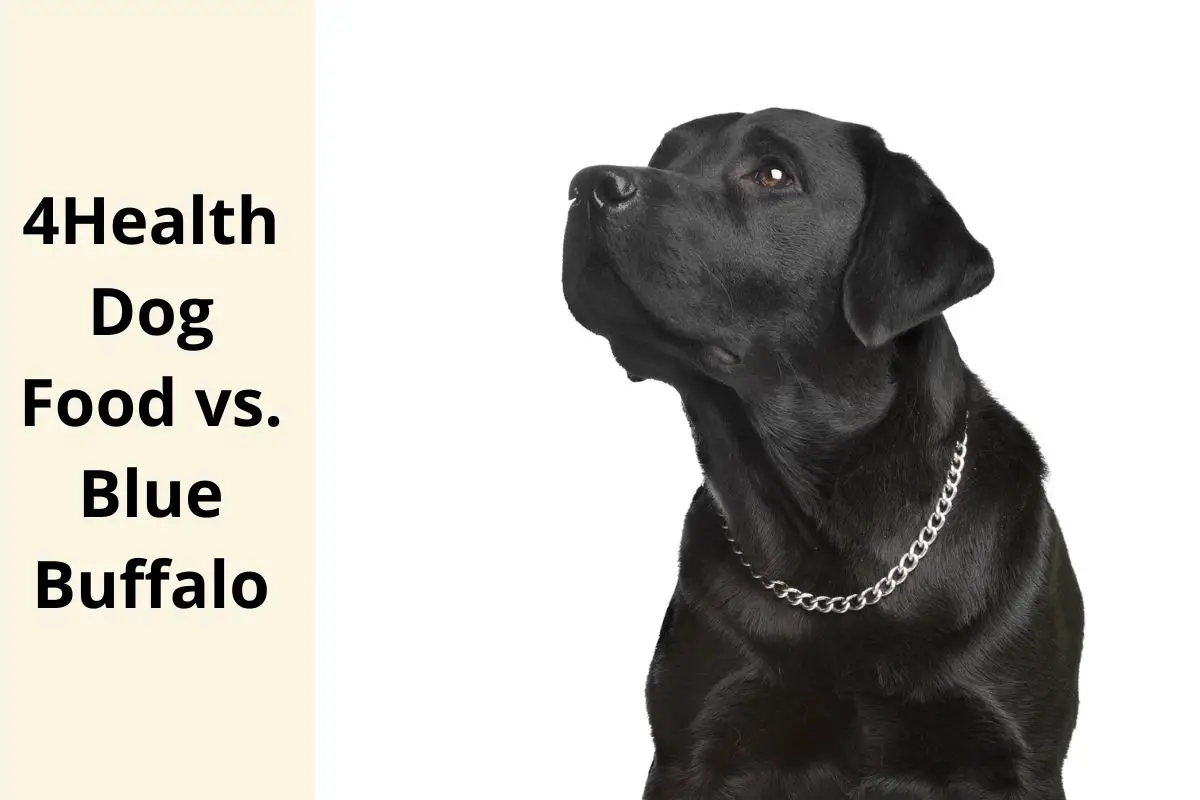This post contains affiliate links.
Fat is an essential part of your dog’s nutrition at all ages. Based on the age of the dog and situation of your furry friend, however, the amount of crude fat that should be in your dog’s food varies.
As a puppy, your dog will require 21g (0.7oz) of crude fat in their daily intake of food. As they get older, less is required, and only 14g (0.5oz) is needed; however, if your adult dog is pregnant or nursing, the amount of crude fat increases greatly and varies based on the size of the litter.
It is in your dog’s best interest to maintain the proper amount of crude fat in their diet based on their age, stage of development, and health. By reading the information below, you will learn how much crude fat your dog requires a day and can adjust the size of the servings you feed your dog based on that information.
Table of Contents
How Much Crude Fat Do Dogs Need?
Depending on your dog’s age, health condition, and whether or not they are pregnant or lactating impacts the amount of crude fat that should be in your dog’s food.
If you have a puppy that weighs approximately 12lbs (5.4kg) and will be 33lbs (1.4kg) at maturity, it is recommended that it gets 21g (0.7oz) of total fat in its diet per day.
Since most pet food labels will list the number of nutrients in a percentage, here is an easy way to transfer that number to grams or ounces.
Take the portion size in either grams or ounces and multiply it by the percentage as a decimal.
For example, if you feed your dog 1lb (454g or 16oz) of pet food, and the amount of crude fat is 5%, the math would be 0.05 x 454g = 22.7g or 0.05 x 16oz = 0.8oz.
If you have an adult dog that weighs approximately 33lbs (1.4kg), your dog is recommended to have less crude fat in their diet and only have 14g (0.5oz) per day.
However, a pregnant adult dog or nursing (lactating) adult dog is recommended to increase the amount of fat in their diet greatly. The amount of fat differs once the puppies have been born to help support the production of the milk supply.
While your dog is pregnant, they should have a daily intake of 29g (1oz) of total fat per day, and once they have given birth and are producing milk for their litter, it increases to 67g (2.4oz) per day.
These numbers are with the interpretation of the dog giving birth to a litter of 6 puppies, and it should be taken into consideration that the energy intake needed will increase or decrease based on the number of puppies born. The more puppies, the more fat needed!
Overall, the total crude fat in a dog’s diet should be equal to about 5.5% of the dog’s diet as too much or too little can cause issues in their health if they are otherwise healthy.
If you are looking for some suggestions on dog food, Dr. Karen Becker from Mercola Healthy Pets has made a video with a list of the best and worst dog foods here:
Why Is Crude Fat Beneficial?
Fat is an essential nutrient for your dog to help provide them with the energy they need. Fat also helps them insulate and cushion their body and getting too much or too little fat can become a health risk for your dog.
Dietary fats and fatty acids that are found in your dog’s food are mainly derived from animal fats and seed oils from different types of plants such as corn oil, coconut oil, canola oil, and olive oil. This is typically where the flavor comes from that your dog loves so much.
These fats and fatty acids help your dog’s cell structure and function and are needed to help keep their skin and fur coat healthy. If your puppy does not get the fat it needs during its growth and development, it could grow dry, coarse hair and develop skin lesions that could be cause for infection.
For optimal health, your pet needs a mixture of both Omega-3 fatty acids as well as Omega-6 fatty acids. If their diet is low in Omega-3 fats, they could have problems with their vision or develop a learning impairment. If their diet is low in Omega-6 fats, there could be physiologic effects on the body and impact their growth negatively.
However, there is also such a thing as too much Omega-3 or Omega-6, and if you are making your dog food from home, it is important to maintain the proper ratio. The recommended ideal ratio is 4:1 for Omega-3 and Omega-6, respectively. While Omega-3 typically comes in smaller amounts in food, Omega-6 is normally found in much higher amounts. If too much Omega-6 fatty acids are in their diet, it could lead to potential inflammation.
If you are purchasing or having your dog food homemade, it is essential that it has just enough fat in for your dog’s diet and contains both Omega-3 and Omega-6. While different ingredients carry different amounts of each fatty acid, ensuring that there is not too much or too little will benefit their health.
When Is a High-Fat or Low-Fat Diet Beneficial?
Sometimes it is recommended for dogs with specific health issues or situations to decrease their fat intake or increase it.
Other than when a dog is providing milk for its litter, a high-fat diet typically does not sit well with most dogs. In a study completed with a panel of dog foods, high-fat content typically leads to issues such as inflammation of the pancreas, high blood pressure, and abnormal heart function.
On top of that, obesity was observed in the dogs, which can lead to a higher risk of your dog developing pancreatitis or hypertension. Although, your veterinarian may recommend a high-fat diet if your dog needs to participate in a lower amount of protein or carbohydrates for a specific health issue.
Low-fat diets may be beneficial when your veterinarian notices that your dog has a history of pancreatitis or high levels of fat in their blood. If your pet has a serious health issue, your vet can provide them with a Therapeutic Diet, which is made specifically to help treat diseases your pet may have.
It is always recommended to consult a veterinarian before you change the amount of fat in your dog’s diet as it could greatly impact their health.
Conclusion
Fat is an important nutrient for your dog’s health from when they are a puppy all the way to when they may have puppies of their own. As they age, reach different milestones, and potentially experience health issues, different amounts of fat are recommended in their daily diet. By ensuring the right amount of fat and fatty acids are incorporated into their food and diet can be beneficial to their health.
If you are concerned about the amount of fat your dog is eating, consulting a veterinarian to get their advice and comparing that to the nutrition facts on your dog’s food label is a great way to make sure they get the right amount. By keeping track of the amount of fat in their food, you can prevent many health issues and make certain your dog grows healthy and strong.
Sources
- NAP: Your Dog’s Nutritional Needs
- Vet Nutrition: The Skinny on Fats Part 1
- Vet Nutrition: The Skinny on Fats Part 2
- Vet Nutrition: Therapeutic Diets
- Research Gate: Fat Content in Dog Food
- SeaDNA: Omega-3 and Omega-6 Ratio in Pet Food
Mrdogfood.com is a participant in the Amazon Services LLC Associates Program, an affiliate advertising program designed to provide a means for sites to earn advertising fees by advertising and linking to Amazon.com. We also participate in other affiliate programs which compensate us for referring traffic.




